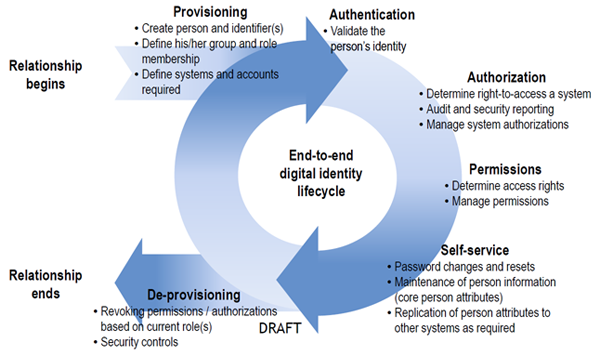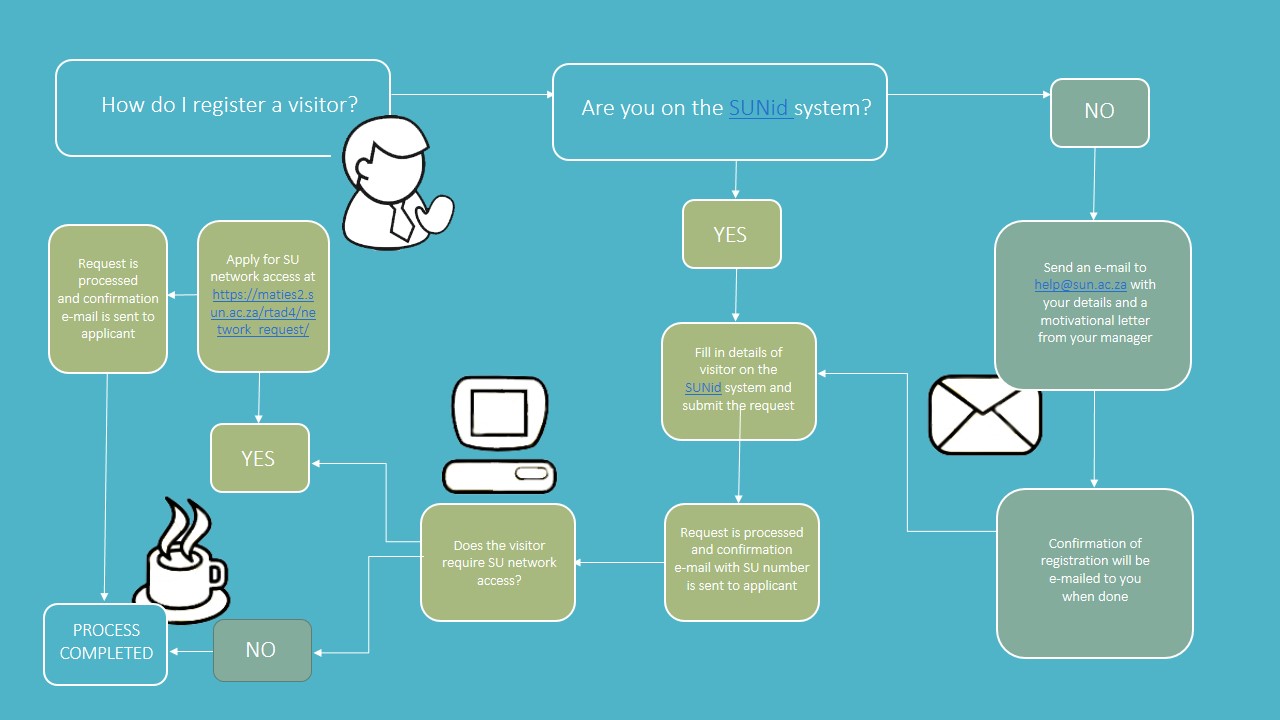Over the past few months we’ve introduced you to IAM (Identity Access Management) and in particular, one of it’s offspring, SUNid. If this all seems a bit hazy to you, let me recap.
SUNid is the first and an important building block of identity and access management (IAM). External workers and visitors are registered on this system. Previously this task was completed by Human Resources, but it has been decentralised and departments are now responsible for external workers and visitors themselves. Read more on the step by step procedures here.
After a few tweaks, a new version of SUNid will be implemented shortly. Most of the changes have been made at the back end of the system, but there are a few changes users of SUNid will notice.
1. Staff and student engagements are added on SUNid to ensure that there’s only one place (‘Maintain Identities’) where all a person’s engagements can be viewed. (HR and student engagements can not be created or changed on SUNid by SUNid users.)
2. Previously a person could only have an identity on HR or SUNid. This limitation has been removed. However, a person may still have only one of each type of engagement, whether it’s staff, student, external worker or visitor.
3. The “Register Identity” function has been changed in such a way that users first have to do a search for an existing person record before attempting to create an entirely new one. This is of utmost importance to avoid duplicates being created. Training in the use of SUNid is necessary before staff are given access to SUNid.
4. Lastly, a delete function has been added for engagements in the ‘Draft’ status in case a mistake has been made and the request has to be cancelled. SUNid does delete all drafts after 7 days, but users will now be able to also do this manually.
We hope these updates will ensure an even smoother and more pleasant SUNid experience for all SUNid users. If you have any questions or suggestions, feel free to contact us at helpinfo@sun.ac.za.





